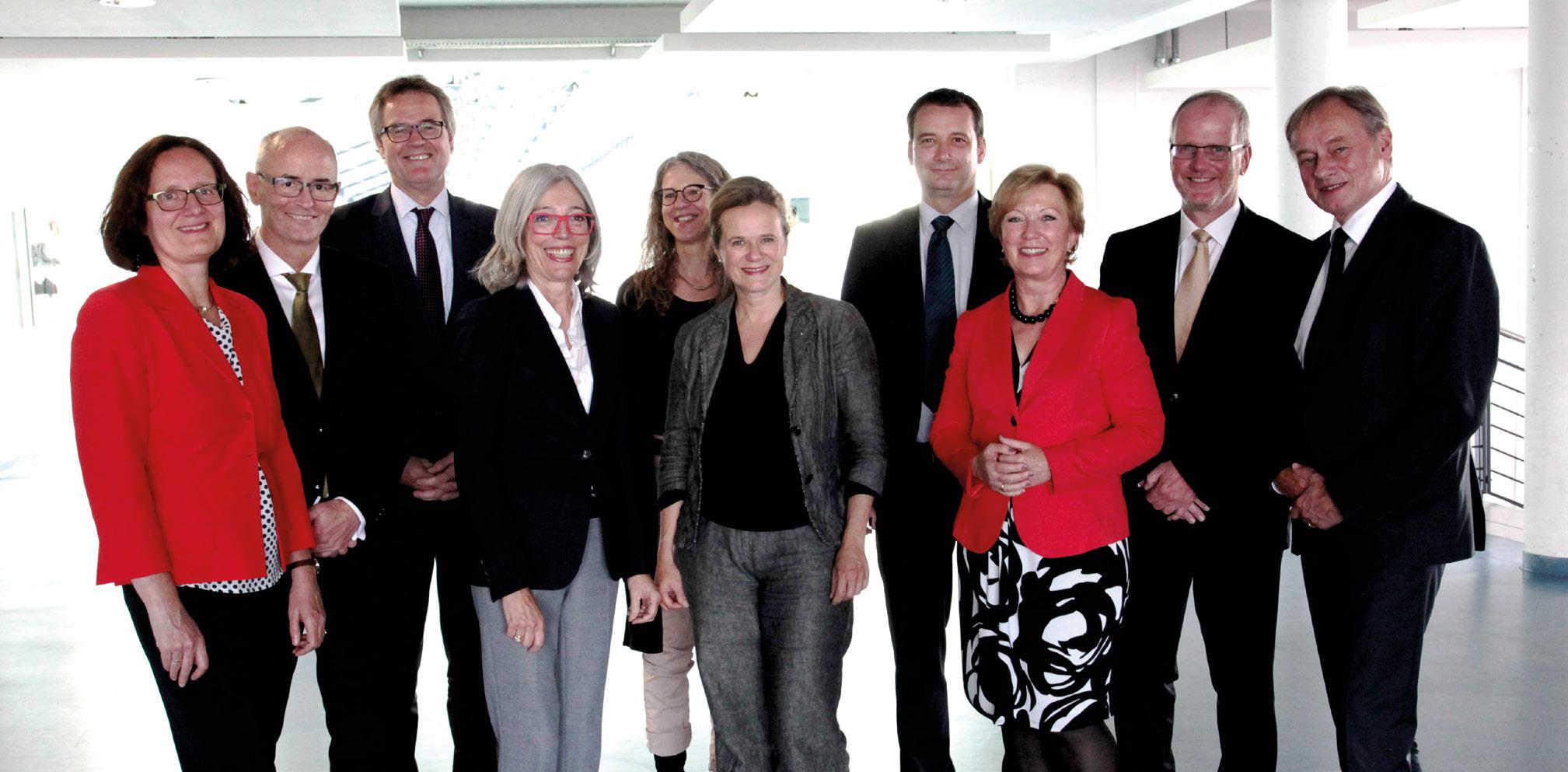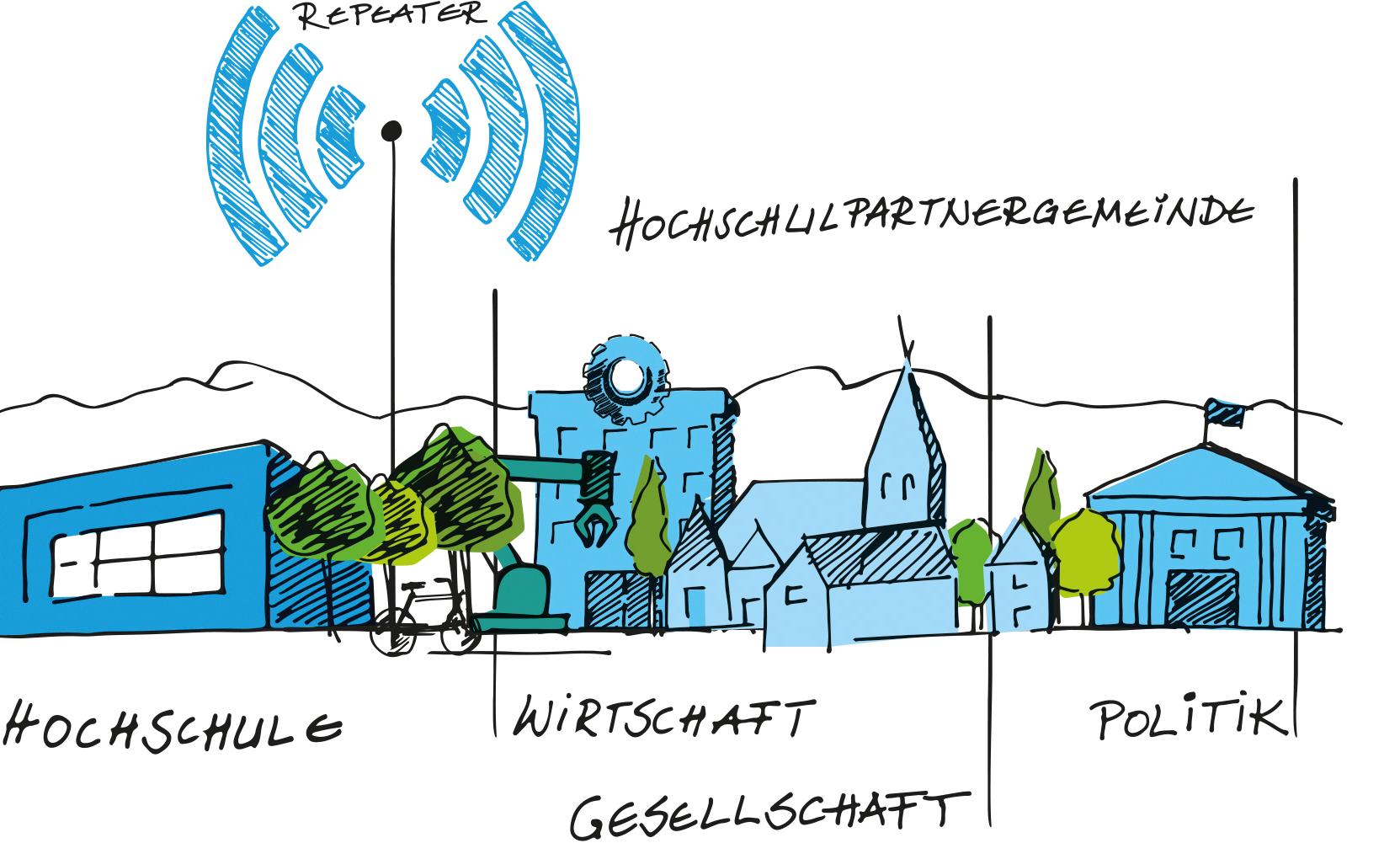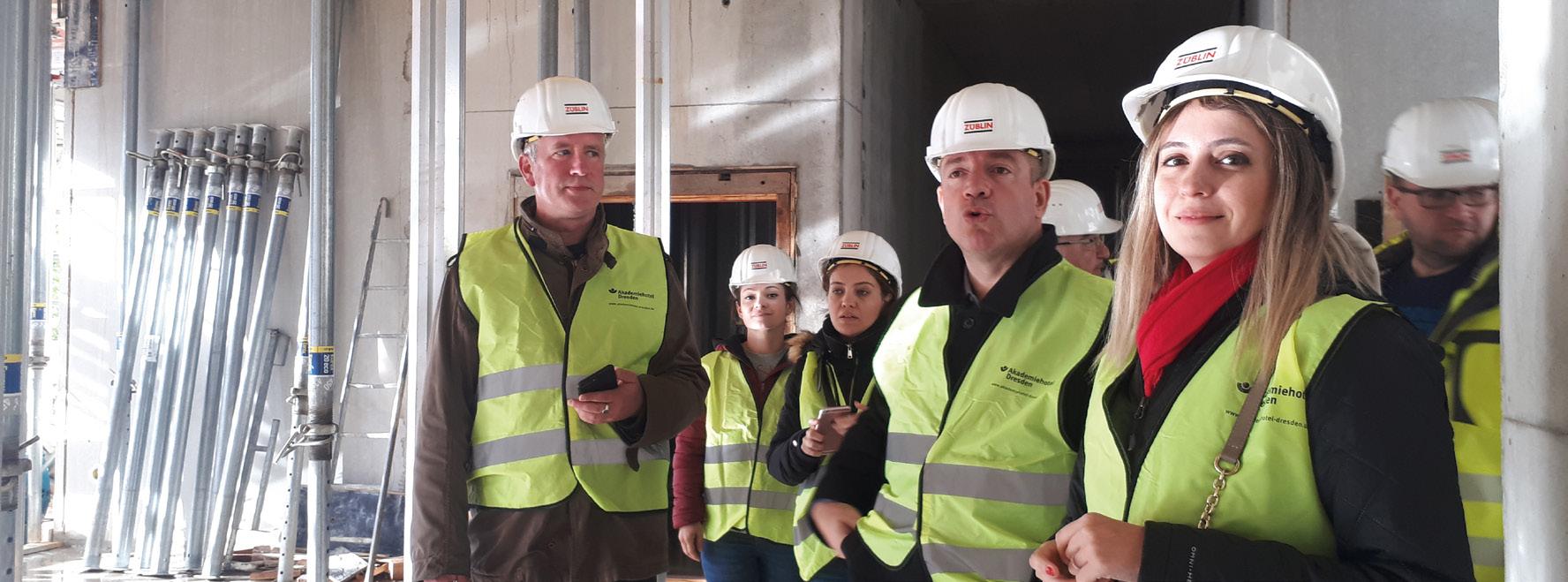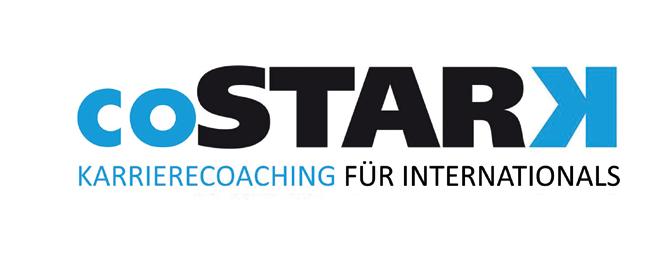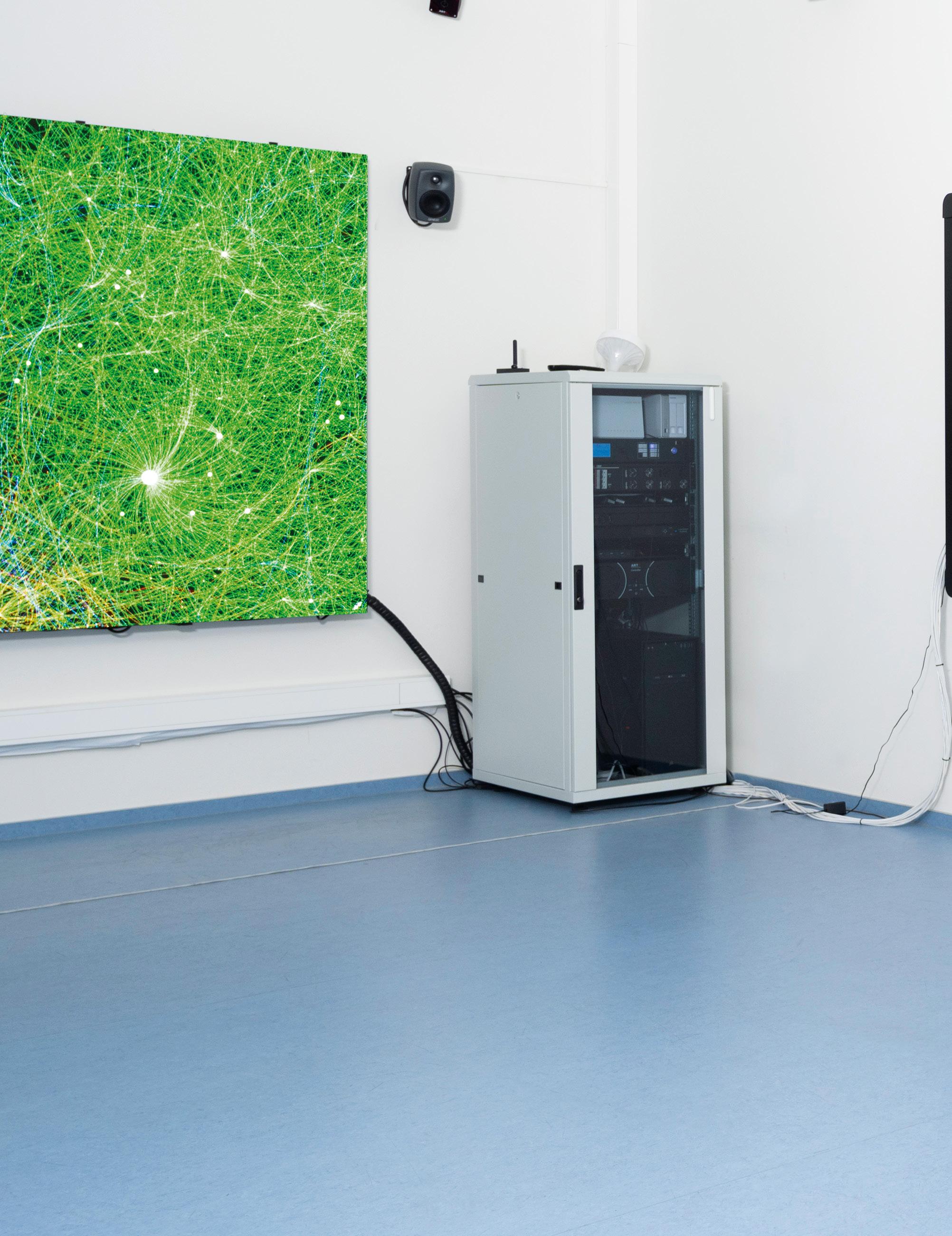
4 minute read
Dynamic freshness: app calculates shelf life of food
Dynamic freshness
The app FreshIndex calculates the actual shelf life of food – universities, organisations and companies test it in practice
Food is often edible well beyond the best before date. Nevertheless, in Europe alone, unspoilt but “expired” food worth over a billion euros a year ends up in the trash. The app FreshIndex, developed by the start-up company tsenso, the software house arconsis and other participating partners is designed to prevent this in the future. The app calculates a dynamic best before date that reflects the actual freshness and shelf life. To this end, it not only takes into account data on the transport and cold chain of the product, but also allows users to enter information on personal storage conditions. “Many customers were surprised how much the shelf life depends on their transport and the temperature of their refrigerator”, reports Stephanie Vonholdt, who is working on her doctorate at H-BRS. In four selected Metro wholesale stores, she and the project partners interviewed 140 customers who were allowed to test the app. “The customers were openminded and very interested in getting more precise information about shelf life”, she says. The interviewees gave valuable suggestions for the further development of FreshIndex, such as a freshness alarm or recipe tips. The scientifically based app convinced the test customers of its value.
Stephanie Vonholdt came to the university for the FreshIndex project where she is being supported during her doctorate on food practices at the Graduate Institute. She is supervised by Gunnar Stevens, Professor of Consumer Informatics at H-BRS and at the University of Siegen. In this interdisciplinary field of research, the aim is to use qualitative surveys to explore the needs of app users in order to tailor applications to these needs.
In the follow-up project FreshAnalytics, Professor Stevens‘ research group is working together with companies, organisations, the University of Siegen and the Technical University of Deggendorf on the further development of the app. Together, they want to develop a sensor that measures the temperature inside the shopping bag during transport and thus tracks the cold chain back to the customer‘s refrigerator. The app is to be networked with the temperature sensors via the Internet of Things. Vonholdt and Stevens will investigate whether such smart technologies will be in demand in the future.
More information: https://freshindex.org/en/ Funding and consortium
The Federal Ministry of Education and Research funded the two-year “FreshIndex” project with about one million euros. The start-up company tsenso carried out the data analysis and led the project consortium, consisting of the partners arconsis (cloud and app), bwcon (network management), GS1 Germany (identification), Hochschule Bonn-Rhein-Sieg (consumer acceptance), METRO (wholesale) and the University of Bonn (hygiene/measurement data).

Conversing with artificial intelligence
Tech blog for and about women
Women are still under-represented in technical professions. The blog “gender2technik” wants to counteract this. Since its relaunch in 2019, women are often the focus of the articles, photos and videos. “We present role models and show how an engineering profession can be combined with a fulfilling family life”, says initiator Professor Susanne Keil. This should encourage women to pursue their technical interests. One of the motivations for revising the blog was the realisation that only three to nine per cent of the readers of technical journals are female. Architecture journalism at IMEA The Institute for Media Research and Development (IMEA) conducts research on architecture journalism. Scientists and students investigate issues, such as how relevant the topics of architecture and urban planning are for media companies and how to make reporting more attractive and more relevant to everyday life. The research field was created from a two
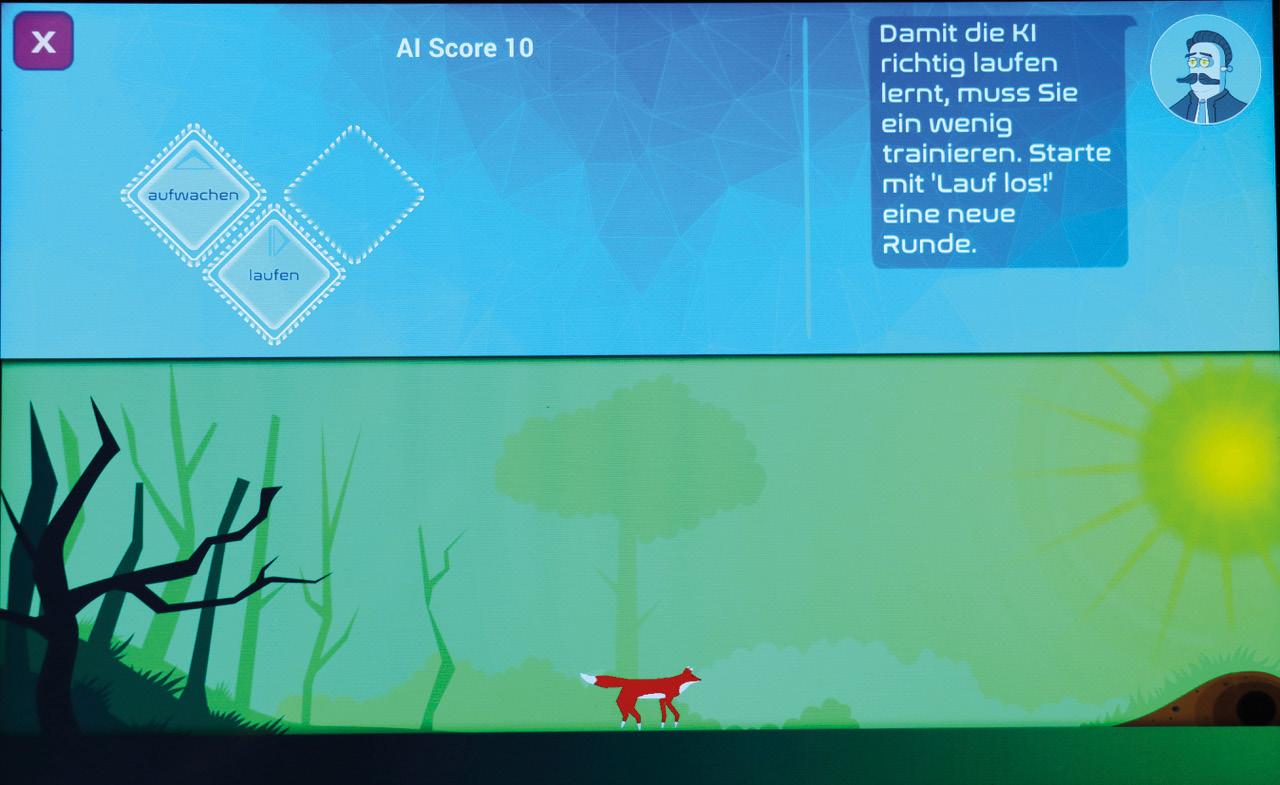
The avatar Nietz-Bot is the virtual contact for visitors to the Deutsches Museum Bonn. He explains to them how artificial intelligence works as part of the game “FOX AI”. In this computer game, museum visitors are supposed to train the artificial intelligence of a fox so that the fox learns to overcome barriers in order to get back to its den. Nietz-Bot provides hints and answers questions via a chat window. In this way, players can understand that artificial intelligence does not act independently, but can only do what humans teach it to do. The computer game and installation were developed by Professor Oliver Ruf and his team, supported by the initiative “Science in
Dialogue”. year cooperation between the institute and the NRW Chamber of Architects. Together, the partners organised two specialist conferences at which journalists, architects, politicians, communication and media scientists, and other interested parties discussed “Architecture and Media”.
Pioneering work in AR research
How can the information conveyed by augmented reality (AR) glasses be made more effective through multisensory feedback? Professor Ernst Kruijff and his team, along with scientists from Japan and the USA, are investigating this question in a project funded by the German Research Foundation. AR glasses work by projecting interactive three-dimensional content into the real environment of their user. Since the field of vision is very narrow, they should not overwhelm users with visual stimuli, but instead clearly highlight important information. For this purpose, the project team is developing a new AR system that provides tactile and auditory feedback in addition to visual input.
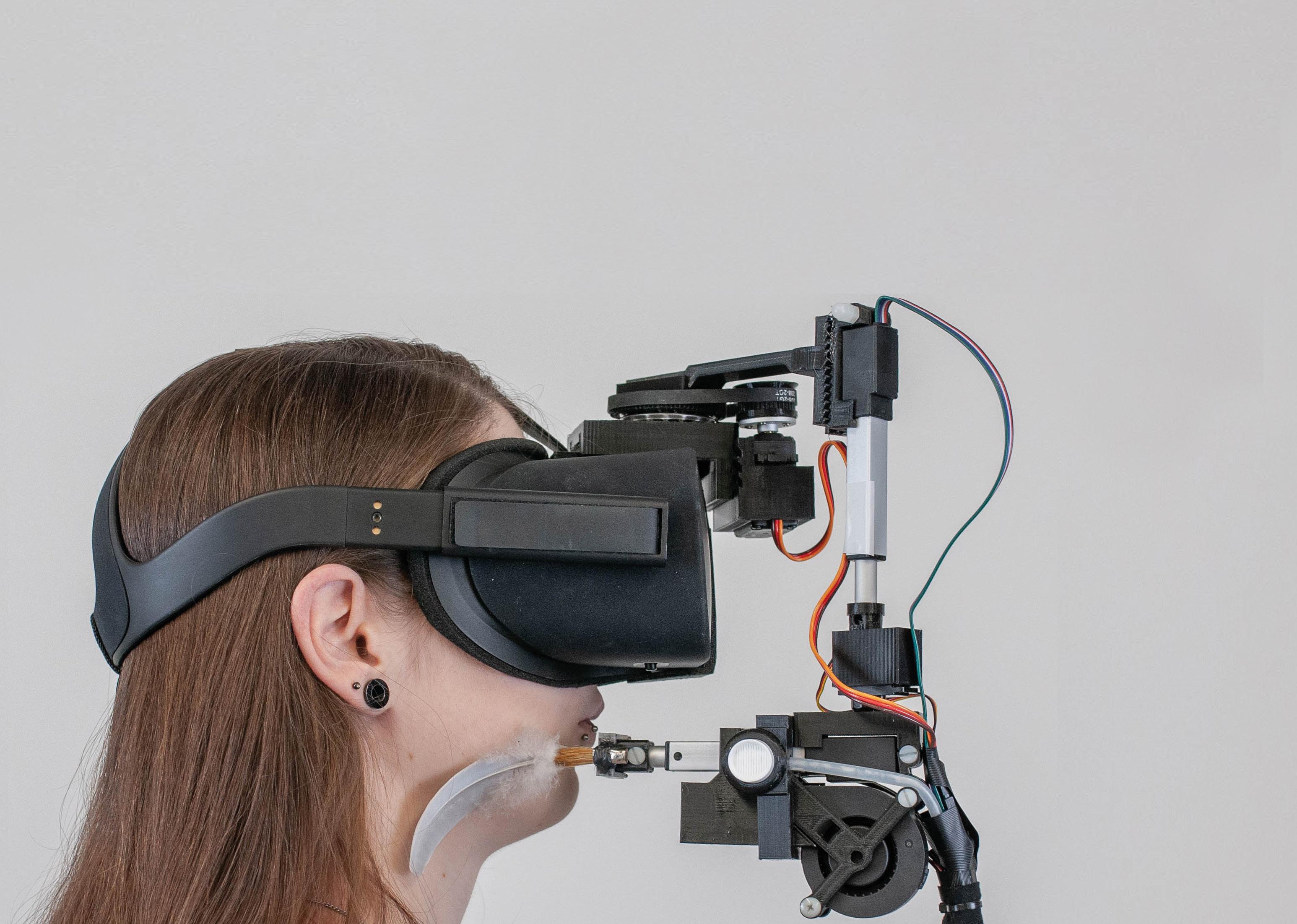
Expanding the experience of virtual reality: Haptic stimuli complement visual stimuli, as in the experimental setup in the FaceHaptics project


